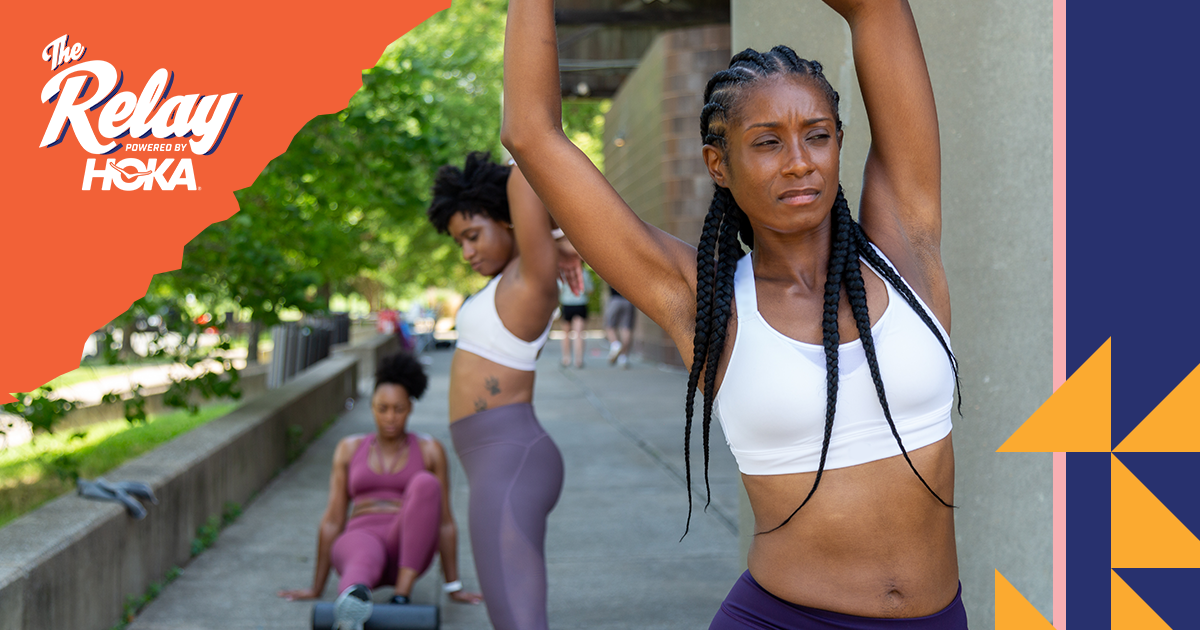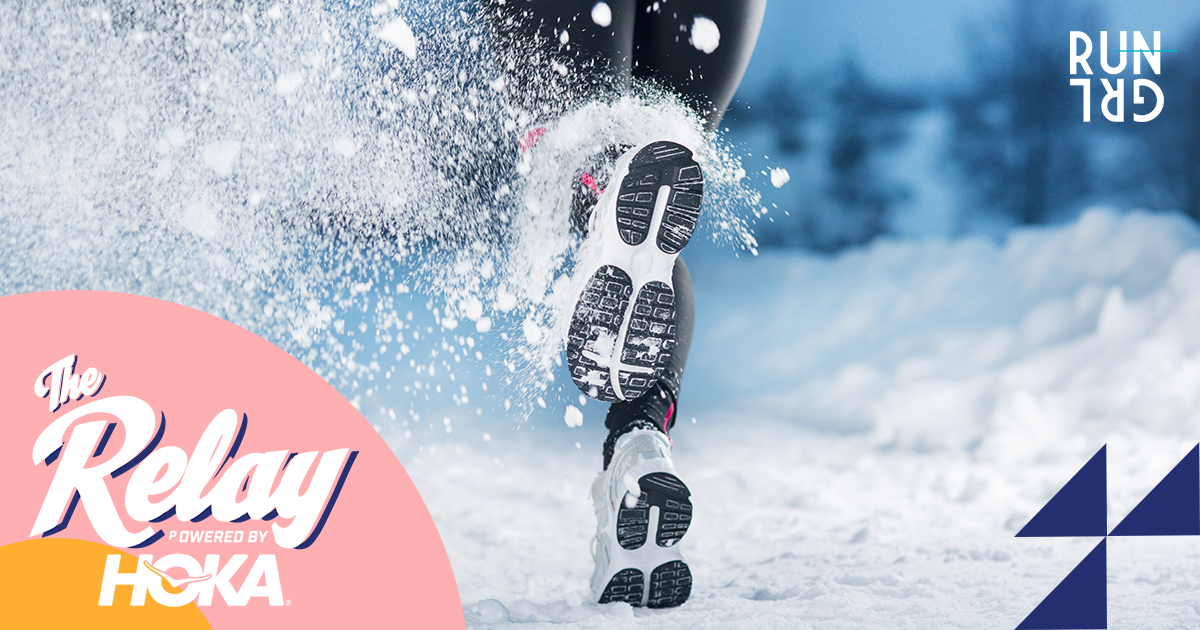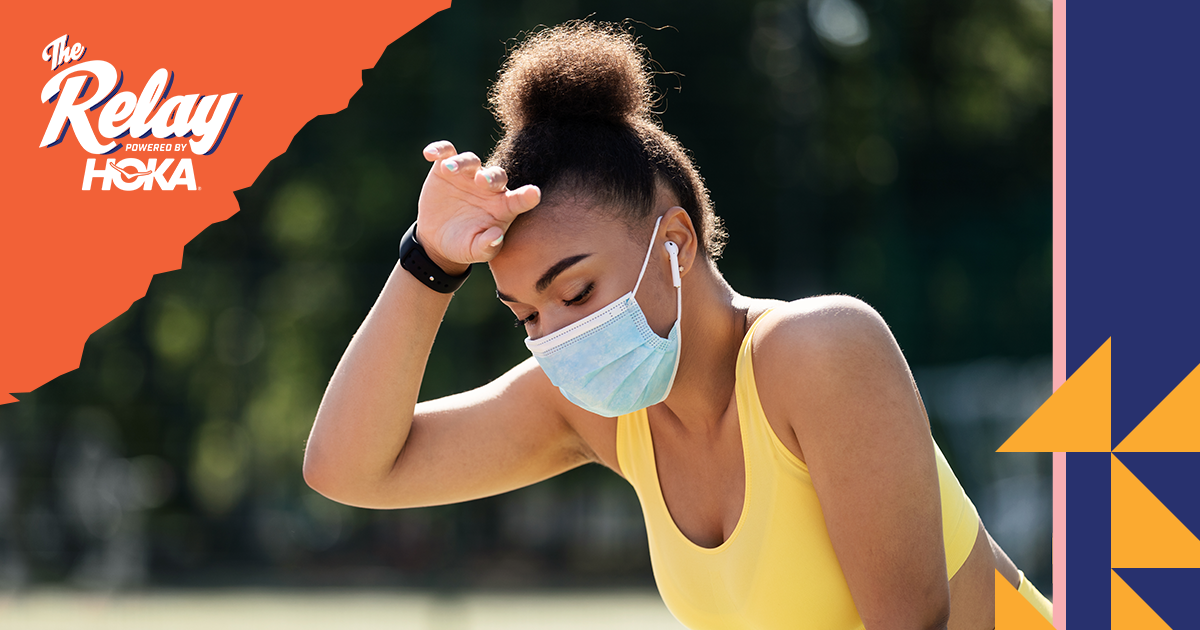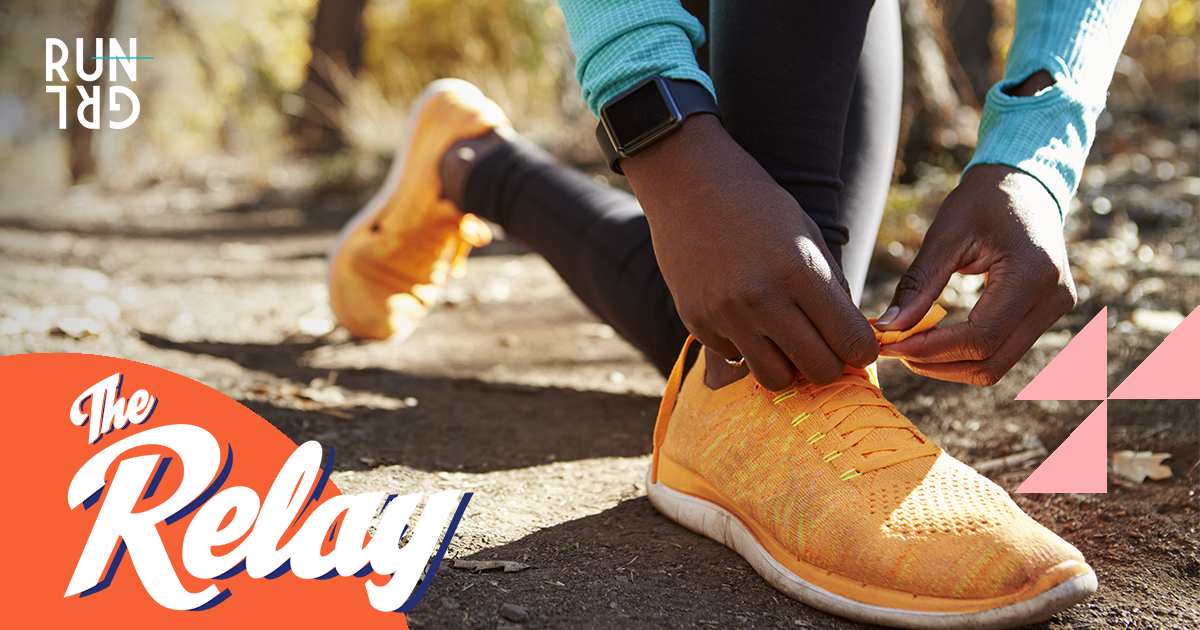The Relay: Understanding Trail Running vs. Road Running
By Nicole Lockhart, Contributor
As the weather cools down, conditions improve for running in different locations. While you may be accustomed to your neighborhood route, adding some scenic variety can be just what you need to transition this season.
“The Color Purple” author Alice Walker says, “In nature, nothing is perfect and everything is perfect.” I believe there’s no better way to engage with nature than by discovering a local park or exploring a hiking ground on a trail run. Trail running can inspire you to train a little harder by breaking up mundane runs and adding challenging terrains.
What’s more, this change of location can have a healing effect on runners as they take in the outdoors. Phil Young, co-founder of the Black Trail Runners, a British-based running group, told Huck Magazine, “Running beautiful trails like this doesn’t have to mean being out in the Himalayas – you can do it on your doorstep too.” The organization, whose aim is to create more inclusion and diversity under the open sky, was founded to break down the historical separateness of outdoor enjoyment.
They recognize the importance of the healing properties of being outdoors--something not always accessible for Black and minority communities.
Take your next run off-road by hitting the trail for a change of scenery and a new challenge.
Trail Running vs. Road Running
Sometimes it’s nice to run the familiar road route you know like the back of your hand. If your preferred route is on-road, you can build up a tolerance to pounding the pavement. When running on trail, however, you might find it easier on your joints and feet. Marathon Training Academy explains, “Softer surfaces like grass, dirt, trails and gravel reduce the force of impact with your running stride and may allow you to recover more quickly from the workout”.
If you’re working up your speed and agility, the road can allow you to move quickly without the hazards of tree roots, mud puddles and uneven paths. However, road runs can have their hassles as well.
Having to stop at traffic lights and avoiding cyclists, pedestrians, and cars in your run path can all feel like hurdles to your progress. Maintaining awareness of your surroundings is crucial when running the road, whereas off-road run can feel like a respite from these obstacles; just you and the trail.
Trail runs also build endurance and strength as you navigate uneven terrain along the varying path. This can help activate new muscles and for race performance, too.
Weather Considerations
When it comes to the weather, the road has a clear advantage. The evenness of the pavement beneath you can help you better manage a run in the rain. In the winter, make sure to run in cleared, salted, areas of the road in order to avoid ice patches on side streets.
Trails, on the other hand, can be particularly muddy or slick during inclement weather. Unless you’re an experienced trail runner (or simply a glutton for punishment), Save your trail run for a crisp day when you can take in the lush scenery with the best visibility.
Trail Safety
Where possible, bring a friend along for safety. Even in the daytime, it’s important to have a partner, or at least let someone know where you will be. Avoid trying new or unfamiliar routes alone. Whether for safety from would-be attackers or safety in the event of an accident or injury, it’s crucial to not head out without someone to check on you.
Charge up your devices not just for your run tracking, but to be able to call someone if you find yourself in need of help.
Be sure to allow yourself more than enough time to run your preferred distance and back while it’s still light enough (and warm enough, in some cases).
Snacks and Hydration
On the road, your options to stop and refuel are usually plentiful. You can duck into a store for a quick drink or find a fountain if needed. That is not always the case on the trail, where water and working restrooms can be few and far between. Bring water, either in a running bottle or hydro pack to stay hydrated throughout. The last thing you want is to be overcome by dehydration out on a trail.
Some like to pack a granola bar or raisins for a quick mid-run energy boost. Gel packs such as Gu are also great energy boosting options, if you’re planning your trail run on a warmer day. Try to keep the things you carry light so you aren’t weighed down.
Train-ready Running Gear
Fleet Feet Journal shares how to care for trail running shoes as opposed to road running shoes. “Avoid trail-running shoes when running on man-made surfaces, like concrete or asphalt,” says Fleet Feet. “The abrasive pavement can wear down the rubber lugs on the shoe's outsole, which can compromise your grip when you switch back to off-roading.”
Opt for grip on your tread. Make sure you have something that can handle the many rocks or twigs that you will encounter on a trail path. The Kaha Low Gore-tex shoes by HOKA have a thick, cushioned midsole and teeth-like grips underneath help to avoid slipping.
There is no wrong choice when it comes to deciding between the scenic trail and the open road. Head off-road for your next run and embrace the peace of a run without headphones, surrounded by the perfect imperfection of the trail.
Read more from our running coaches and experts in The Relay.
NOTE: MEDICAL DISCLAIMER - NOTE THAT THE ABOVE INFORMATION IS NOT INTENDED AS MEDICAL ADVICE AND DOES NOT REPLACE THE RECOMMENDATION OF A PHYSICIAN OR OTHER MEDICAL PROFESSIONAL. ALWAYS SEEK THE ADVICE OF YOUR PHYSICIAN BEFORE TRYING THESE OR ANY SORT OF WORKOUT PLAN, ESPECIALLY WHILE UNDER TREATMENT FOR YOUR INJURIES. VIEW THE FULL MEDICAL DISCLAIMER IN RUNGRL’S TERMS OF USE.
Nicole Lockhart
Contributor
Nicole Lockhart is a writer and runner living in NYC. She’s run races in support of such organizations as the Black Lives Matter, Leukemia Lymphoma Society, and CaringKing: Athlete's to End Alzheimer's. She is the writer and producer of "All My Black Sons," which debuted at the Harlem International Film Festival in 2016. Her current project, "The Interior Creatures," is a poetry collection written while in quarantine on a 100-year old Corona typewriter.












